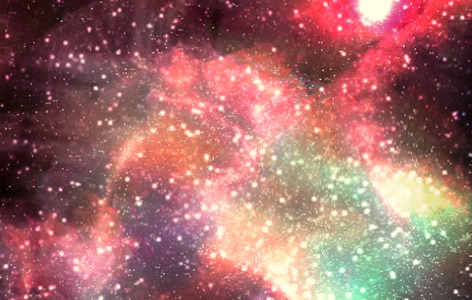
Michael Chang, ORT Times Writer and UHN Trainee
Consciousness may be the single most profound aspect of human existence. The quest to understand consciousness has existed since antiquity and continues to this day. Consciousness remains an incredibly difficult subject to study; the word itself has been previously suggested to be a term with very little substance and descriptive value1. In plain English, consciousness is the ability to perceive the external world and oneself. However, scientifically, consciousness is very difficult to quantify in a meaningful way to be studied and understood2.
Interestingly, scientists have discovered that the normal functioning brain capable of consciousness operates in a constant state of criticality3. The brain network can be visualized as existing in several different states with various activity levels. Normally, the brain will prefer to be at the lowest activity level, the equilibrium point of the network. However, the brain normally functions just below the critical threshold value to be tipped out of the equilibrium point into other states. The greater the number of states the brain network can shift between represents the rich capability of the brain to compute and process information.
Intriguingly, the ability of the brain network to shift between several states may be attributable to the second law of thermodynamics that states the disorder or unpredictability of a system (entropy) always increases over time . The increase in entropy within the neural network results in the maximization of the information content necessary for optimal sensory/information processing that may give rise to consciousness4. The variability and randomness in neural activity (maximum entropy) within the neural network is essential to convey meaningful messages. Recall the Morse code: a series of dots, dashes, and silence that could be applied in various order to represent language. The variability between the series of dots and dashes could allow telegraph operators to sufficiently differentiate letters and words. Imagine if there was no variability in a telegraph signal – such as only dots every second – it would translate to a meaningless message “eeeee…”. The same principle applies to the brain when the connections of nerve cells form networks that send and receive signals with each other.
Accordingly, individuals in deep sleep or experiencing epileptic seizures demonstrate minimal neural activity or exceedingly ordered neural activity with a high degree of synchrony, respectively. In either case of unconsciousness, there was always low entropy. In contrast, the conscious alert state is associated with neural activity in a critical state of disorder and unreliability (maximum entropy)4. It is proposed that a maximal level of disorganization within the brain’s neural networks allows for a greater quantity of information content to be shared between them4. Hence, an emergent property of the brain’s complex architecture and intricate connections subject to the second law of thermodynamics may be consciousness.




